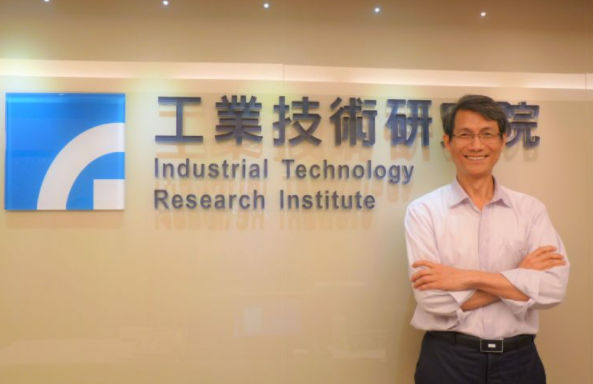When the 3D printing technology first came out, it became the focus of the manufacturing industry. This is because the biggest issue of the third industrial revolution is "making in the ground", and the trend is gradually becoming more customized and personalized, making 3D Printing has huge opportunities for development. But in addition to manufacturing, the highly flexible production model of 3D printing is gradually gaining favor from the medical accessory industry. Hong Jibin, deputy director of the Institute of Laser Laminated Manufacturing Technology of the Industrial Technology Research Institute, believes that the multi-layer manufacturing technology has brought breakthroughs in four major applications such as in vitro, in vivo, surgical guides and simulators for the medical field, and manufacturers offering 3D printing services in the future can Cut into the medical market in the general direction. In the part of in vitro application, it can be started from common aids and reintegration; in the process of injury recovery, it must be fixed by auxiliary equipment, but the traditional auxiliary equipment is not suitable for adhering to the injured limb of the patient; The materials of the accessories are not necessarily breathable and sweat-absorbent. And when the injured limb is almost restored, the wound begins to use the complex to rehabilitate, but usually the muscle of the injured limb is already stiff, and the patient will give up because of the uncomfortable rehabilitation process. The aids produced by 3D printing technology can meet the needs of recovery and rehabilitation at the same time; when designing the auxiliary tool, it can be adjusted to a certain angle, so that recovery and rehabilitation can be completed at the same time. And further shorten the course of treatment. Hong Jibin believes that 3D printing can bring excellent results for future auxiliary tools. For example, many housewives will suffer from "mother's hand" (the wrist is inflamed by the thumb tendon). The auxiliary device can be restored after 4 to 6 weeks of continuous fixation. This method is simple, but according to clinical experience, most patients with mother's hands are usually not easy to cure. This is because the accessories on the market today are not very comfortable to wear, so they will be "unable to carry". Patients usually remove themselves before they are cured. If the patient wants to fix it after dismounting, it is fixed at an angle that is not fixed. . With the help of 3D printing technology, this type of auxiliary tool will have a porous structure, and the appearance can also have different design sense according to the taste of the injury, and the customized characteristics of 3D printing can be Allow users to choose different materials according to their living needs, so that the injured have waterproof and breathable personalized accessories. In the application of the body, if the joints such as the intervertebral disc, knee and hip are collapsed, the implant will be needed to assist the support. However, in this type of implant, most of the past medical materials only have S. Three, M, L three popular sizes are available, patients can only implant the more suitable size; of course, this type of implant must not be 100% meet the needs of the injured. Through 3D printing technology, a customized size implant can be produced for each patient; in the past, most of the implant materials were made of metal such as stainless steel, but the hardness of the metal was stronger than that of the bone. The surface is smooth, this kind of implant will make the recovery of bone cells slower, and 3D printing can print the implants with the same structure and rough surface compared with the requirements of bone cells. Bone cells can be ingrowth and integrated directly into the implant In the part of the surgical guide, the application mode is that if the injury is unfortunately hit by a car and the lower jaw is broken, the guide plate needs to be fixed during the operation or restoration, so that the bone is not deformed. In terms of simulators, if a patient has to undergo a heart attack, this type of large-scale surgery is a life-threatening problem. For doctors, before the operation, you can practice before the extracorporeal situation. You can use CT, MRI, etc. Scanning, printing an artificial organ for the structure of the heart of the patient, then the doctor can simulate the surgical procedure in vitro.
Cement resistance: is the resistance wire wound on the alkali heat-resistant porcelain, coupled with heat resistant, resistant to wet outside fixed protection and corrosion resistance of the materials and the winding resistance into the square porcelain box body, using special incombustible cement packing seal.The outside of cement resistance is mainly made of ceramic materials (generally divided into high alumina porcelain and feldspar porcelain).
Cement Resistor,Thermal Cement Resistor,Thin Film Cement Resistor,Winding Cement Resistor,Fusing Cement Resistor YANGZHOU POSITIONING TECH CO., LTD. , https://www.cnchipmicro.com